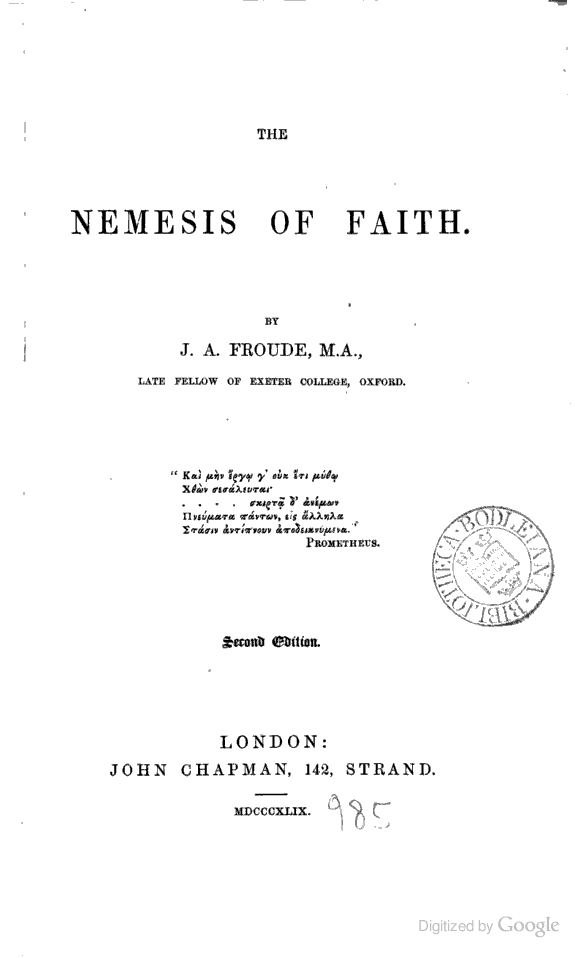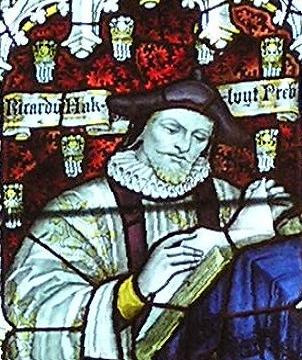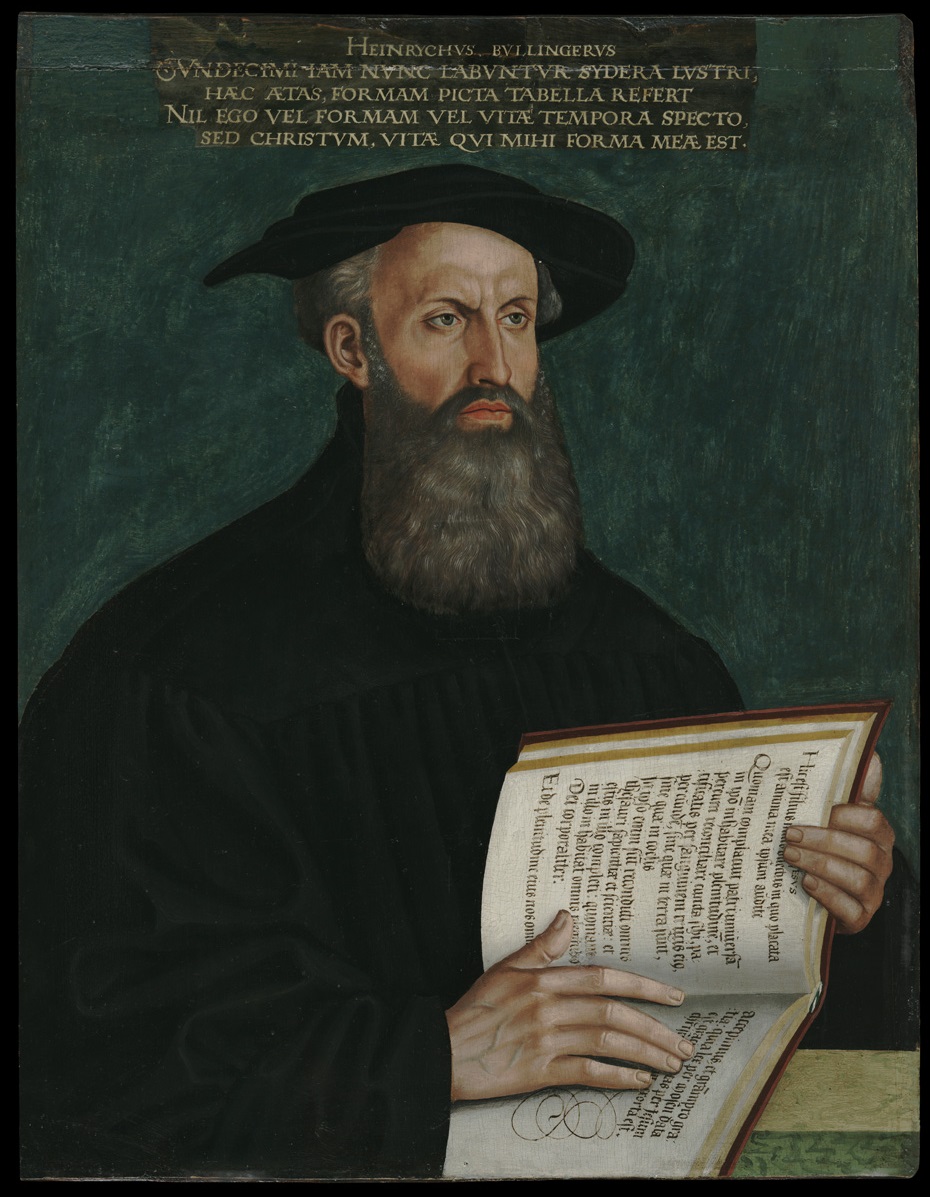|
William Thomas (MP For Old Sarum And Downton)
William Thomas (died 18 May 1554), a Welshman from Llanigon, Brecknockshire, was a scholar of Italian and Italian history, politician and a clerk of the Privy Council under Edward VI. Thomas was executed for treason after the collapse of Wyatt's Rebellion under Mary I. Early years Thomas was a native of Llanigon, and brother to Sir Miles Thomas, clerk of Meline, Pembrokeshire and of Llanigon as shown in the Heraldic Visitations of Wales by Lewis Dwnn. His biographer in ''The History of Parliament'' has estimated his birth year as "by 1524". History of Parliament article by T.F.T. Baker. He was presumably educated at , where a person of both his name was admitte ... [...More Info...] [...Related Items...] OR: [Wikipedia] [Google] [Baidu] |
The Historie Of Italie
''The'' () is a grammatical article in English, denoting persons or things that are already or about to be mentioned, under discussion, implied or otherwise presumed familiar to listeners, readers, or speakers. It is the definite article in English. ''The'' is the most frequently used word in the English language; studies and analyses of texts have found it to account for seven percent of all printed English-language words. It is derived from gendered articles in Old English which combined in Middle English and now has a single form used with nouns of any gender. The word can be used with both singular and plural nouns, and with a noun that starts with any letter. This is different from many other languages, which have different forms of the definite article for different genders or numbers. Pronunciation In most dialects, "the" is pronounced as (with the voiced dental fricative followed by a schwa) when followed by a consonant sound, and as (homophone of the archaic pron ... [...More Info...] [...Related Items...] OR: [Wikipedia] [Google] [Baidu] |
James Anthony Froude
James Anthony Froude ( ; 23 April 1818 – 20 October 1894) was an English historian, novelist, biographer, and editor of ''Fraser's Magazine''. From his upbringing amidst the Anglo-Catholic Oxford Movement, Froude intended to become a clergyman, but doubts about the doctrines of the Anglican church, published in his scandalous 1849 novel '' The Nemesis of Faith'', drove him to abandon his religious career. Froude turned to writing history, becoming one of the best-known historians of his time for his ''History of England from the Fall of Wolsey to the Defeat of the Spanish Armada''. Inspired by Thomas Carlyle, Froude's historical writings were often fiercely polemical, earning him a number of outspoken opponents. Froude continued to be controversial up until his death for his ''Life of Carlyle'', which he published along with personal writings of Thomas and Jane Welsh Carlyle. These publications illuminated Carlyle's often selfish personality, and led to persistent gossip an ... [...More Info...] [...Related Items...] OR: [Wikipedia] [Google] [Baidu] |
Downton (UK Parliament Constituency)
Downton was a parliamentary borough in Wiltshire, which elected two Members of Parliament (MPs) to the House of Commons from 1295 until 1832, when it was abolished by the Great Reform Act. History The borough consisted of part of the parish of Downton, a small town six miles south of Salisbury. By the 19th century, only about half of the town was within the boundaries of the borough, and the more prosperous section was excluded: at the 1831 census the borough had 166 houses and a tax assessment of £70, whereas the whole town consisted of 314 houses, and was assessed at £273. Downton was a burgage borough, meaning that the right to vote rested solely with the freeholders of 100 specified properties or "burgage tenements"; it was not necessary to be resident on the tenement, or even in the borough, to exercise this right. Indeed, some of the tenements could not realistically be occupied, and one was in the middle of a watercourse. At the time of the Great Reform Act, The Earl ... [...More Info...] [...Related Items...] OR: [Wikipedia] [Google] [Baidu] |
Hakluyt Society
The Hakluyt Society is a text publication society, founded in 1846 and based in London, England, which publishes scholarly editions of primary records of historic voyages, travels and other geographical material. In addition to its publishing role, the Society organises and participates in meetings, symposia and conferences relating to the history of geographical exploration and cultural encounter. It is a registered charity and a non-profitmaking institution administered by a voluntary team of council members and officers. Membership is open to all with an interest in its aims. The Society is named after Richard Hakluyt (1552–1616), a collector and editor of narratives of voyages and travels and other documents relating to English interests overseas. Foundation The Society was created at a meeting convened in the London Library, St James's Square, on 15 December 1846. Under the chairmanship of the geologist Sir Roderick Murchison, it established an eight-man steering group ... [...More Info...] [...Related Items...] OR: [Wikipedia] [Google] [Baidu] |
Josaphat Barbaro
Giosafat Barbaro (also Giosaphat or Josaphat) (1413–1494) was a member of the Venetian Barbaro family. He was a diplomat, merchant, explorer and travel writer.''A new general biographical dictionary, Volume 3'' , , 1857, pg. 137 He was unusually well-travelled for someone of his times.''Una famiglia veneziana nella storia: i Barbaro''< ... [...More Info...] [...Related Items...] OR: [Wikipedia] [Google] [Baidu] |
Henry II Of France
Henry II (french: Henri II; 31 March 1519 – 10 July 1559) was King of France from 31 March 1547 until his death in 1559. The second son of Francis I and Duchess Claude of Brittany, he became Dauphin of France upon the death of his elder brother Francis in 1536. As a child, Henry and his elder brother spent over four years in captivity in Spain as hostages in exchange for their father. Henry pursued his father's policies in matters of art, war, and religion. He persevered in the Italian Wars against the Habsburgs and tried to suppress the Reformation, even as the Huguenot numbers were increasing drastically in France during his reign. Under the April 1559 Peace of Cateau-Cambrésis which ended the Italian Wars, France renounced its claims in Italy, but gained certain other territories, including the Pale of Calais and the Three Bishoprics. These acquisitions strengthened French borders while the abdication of Charles V, Holy Roman Emperor in January 1556 and division of h ... [...More Info...] [...Related Items...] OR: [Wikipedia] [Google] [Baidu] |
John Strype
John Strype (1 November 1643 – 11 December 1737) was an English clergyman, historian and biographer from London. He became a merchant when settling in Petticoat Lane. In his twenties, he became perpetual curate of Theydon Bois, Essex and later became curate of Leyton; this allowed him direct correspondence with several highly notable ecclesiastical figures of his time. He wrote extensively in his later years. Life Born in Houndsditch, London, he was the son of John Strype (or van Stryp) and cousin to sailor and writer Robert Knox. A member of a Huguenot family who, in order to escape religious persecution within Brabant, had settled in East London. Located in what has now become known as Strype Street in Petticoat Lane, he was a merchant and silk throwster. The younger John was educated at St Paul's School, and on 5 July 1662 entered Jesus College, Cambridge; he went on from there to St Catharine's Hall, where he graduated B.A. in 1665 and M.A. in 1669. On 14 July 1669 S ... [...More Info...] [...Related Items...] OR: [Wikipedia] [Google] [Baidu] |
Nicholas Ridley (martyr)
Nicholas Ridley ( – 16 October 1555) was an English Bishop of London (the only bishop called "Bishop of London and Westminster"). Ridley was one of the Oxford Martyrs burned at the stake during the Marian Persecutions, for his teachings and his support of Lady Jane Grey. He is remembered with a commemoration in the calendar of saints (with Hugh Latimer) in some parts of the Anglican Communion (Church of England) on 16 October. Early years and advancement (c.1500–50) Ridley came from a prominent family in Tynedale, Northumberland. He was the second son of Christopher Ridley, first cousin to Lancelot Ridley and grew up in Unthank Hall from the old House of Unthank located on the site of an ancient watch tower or pele tower. As a boy, Ridley was educated at the Royal Grammar School, Newcastle, and Pembroke College, Cambridge, where he proceeded to Master of Arts in 1525. Soon afterward he was ordained as a priest and went to the Sorbonne, in Paris, for further education. After ... [...More Info...] [...Related Items...] OR: [Wikipedia] [Google] [Baidu] |
Greenwich
Greenwich ( , ,) is a town in south-east London, England, within the ceremonial county of Greater London. It is situated east-southeast of Charing Cross. Greenwich is notable for its maritime history and for giving its name to the Greenwich Meridian (0° longitude) and Greenwich Mean Time. The town became the site of a royal palace, the Palace of Placentia from the 15th century, and was the birthplace of many Tudors, including Henry VIII and Elizabeth I. The palace fell into disrepair during the English Civil War and was demolished to be replaced by the Royal Naval Hospital for Sailors, designed by Sir Christopher Wren and his assistant Nicholas Hawksmoor. These buildings became the Royal Naval College in 1873, and they remained a military education establishment until 1998 when they passed into the hands of the Greenwich Foundation. The historic rooms within these buildings remain open to the public; other buildings are used by University of Greenwich and Trinity Laban C ... [...More Info...] [...Related Items...] OR: [Wikipedia] [Google] [Baidu] |
Her Majesty's Most Honourable Privy Council
The Privy Council (PC), officially His Majesty's Most Honourable Privy Council, is a formal body of advisers to the sovereign of the United Kingdom. Its membership mainly comprises senior politicians who are current or former members of either the House of Commons or the House of Lords. The Privy Council formally advises the sovereign on the exercise of the Royal Prerogative, and as a body corporate (as King-in-Council) it issues executive instruments known as Orders in Council which, among other powers, enact Acts of Parliament. The Council also holds the delegated authority to issue Orders of Council, mostly used to regulate certain public institutions. The Council advises the sovereign on the issuing of Royal Charters, which are used to grant special status to incorporated bodies, and city or borough status to local authorities. Otherwise, the Privy Council's powers have now been largely replaced by its executive committee, the Cabinet of the United Kingdom. Certai ... [...More Info...] [...Related Items...] OR: [Wikipedia] [Google] [Baidu] |
Old Sarum
Old Sarum, in Wiltshire, South West England, is the now ruined and deserted site of the earliest settlement of Salisbury. Situated on a hill about north of modern Salisbury near the A345 road, the settlement appears in some of the earliest records in the country. It is an English Heritage property and is open to the public. The great stone circles of Stonehenge and Avebury were erected nearby and indications of prehistoric settlement have been discovered from as early as 3000 BC. An Iron Age hillfort was erected around 400 BC, controlling the intersection of two trade paths and the Hampshire Avon. The site continued to be occupied during the Roman period, when the paths were made into roads. The Saxons took the British fort in the 6th century and later used it as a stronghold against marauding Vikings. The Normans constructed a motte and bailey castle, a stone curtain wall, and a great cathedral. A royal palace was built within Old Sarum Castle for and was subse ... [...More Info...] [...Related Items...] OR: [Wikipedia] [Google] [Baidu] |
Parliament Of England
The Parliament of England was the legislature of the Kingdom of England from the 13th century until 1707 when it was replaced by the Parliament of Great Britain. Parliament evolved from the great council of bishops and peers that advised the English monarch. Great councils were first called Parliaments during the reign of Henry III (). By this time, the king required Parliament's consent to levy taxation. Originally a unicameral body, a bicameral Parliament emerged when its membership was divided into the House of Lords and House of Commons, which included knights of the shire and burgesses. During Henry IV's time on the throne, the role of Parliament expanded beyond the determination of taxation policy to include the "redress of grievances," which essentially enabled English citizens to petition the body to address complaints in their local towns and counties. By this time, citizens were given the power to vote to elect their representatives—the burgesses—to the H ... [...More Info...] [...Related Items...] OR: [Wikipedia] [Google] [Baidu] |

.png)








